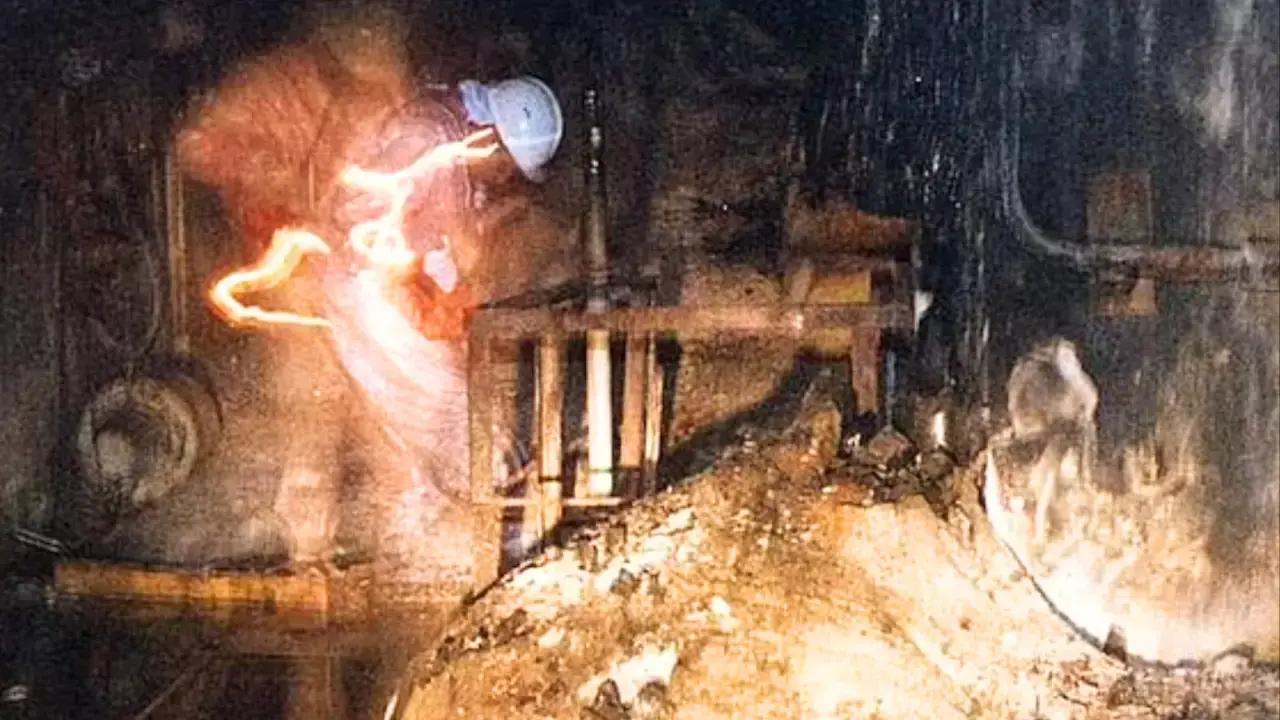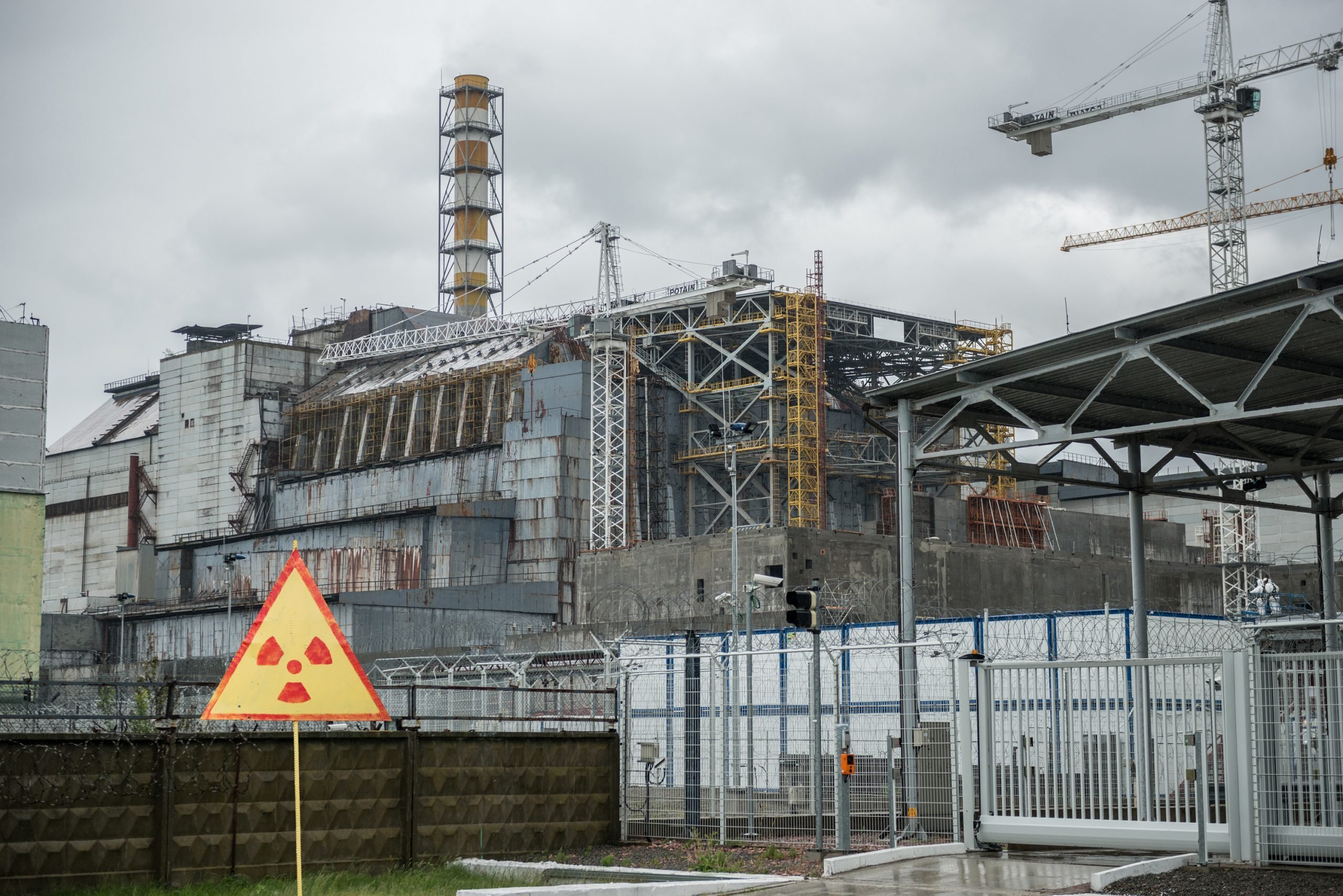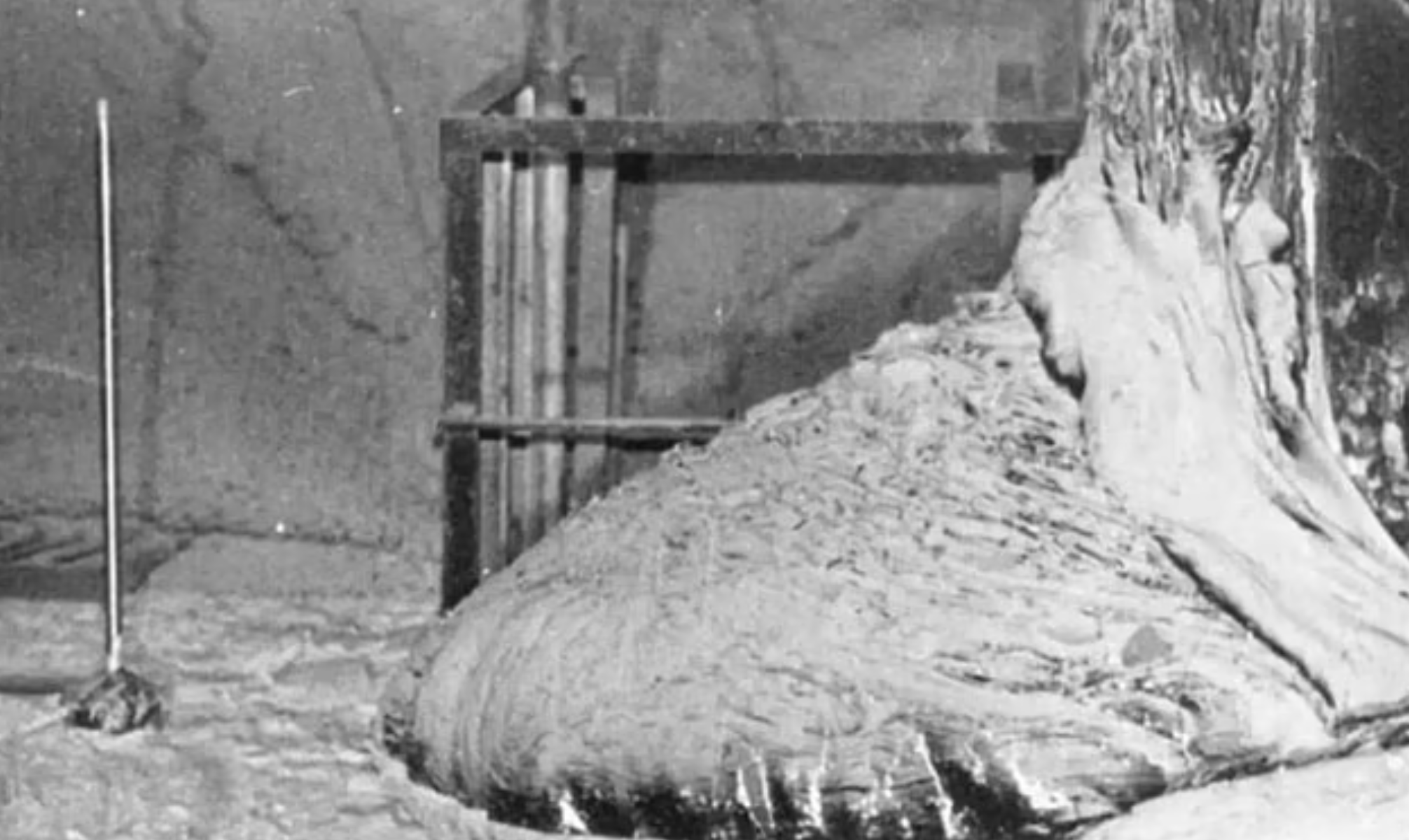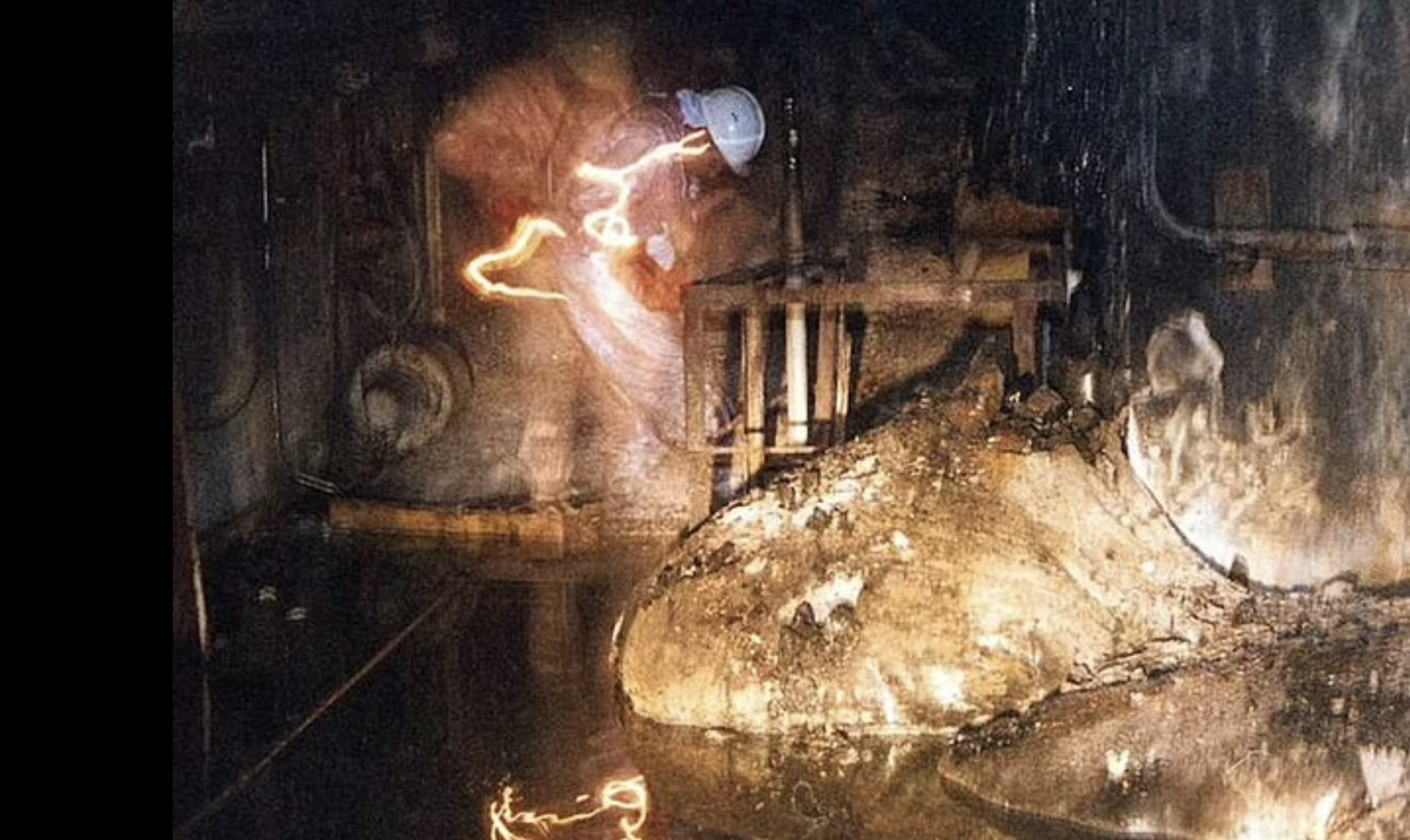
Credit: US Department Of Energy
Most Dangerous Object On Earth Can Kill You If You Look At It For Just 5 Minutes
One of the most dangerous objects on Earth is capable of causing death within days.
Imagine an object so perilous that simply gazing at it for five minutes could seal your fate.
While it sounds like something out of science fiction, this chilling phenomenon exists in the real world.
A certain object possessed the power to harm or even kill through mere observation.
The item is so deadly that just five minutes of exposure could leave the victim with only two days to live.
The mysterious lump is known as the ‘Elephant’s Foot.’

This highly radioactive mass, formed from the molten remains of the Chernobyl nuclear reactor’s core, is quite possibly the most dangerous singular object on earth – and the ways in which it can harm you are absolutely horrific.
The Elephant’s Foot is a solidified mass of corium, a complex mixture of sand, concrete, and nuclear fuel.
It was created during the catastrophic meltdown of Reactor No. 4 at the Chernobyl Nuclear Power Plant in Ukraine in April 1986.
The disaster was triggered by an unexpected power surge during a routine safety test. Emergency procedures failed, causing the reactor’s temperature to soar.
The reactor’s control rods, which were supposed to slow down the nuclear reaction, cracked under the intense heat, further escalating the disaster.
As the core became unstable, the cooling water vaporized, building up pressure until the reactor exploded, releasing massive amounts of radiation.

The meltdown of Chernobyl is one of the worst nuclear disasters in history, and the area around the plant was quickly declared an exclusion zone due to the extreme levels of radiation.
Emergency workers and clean-up crews, known as ‘liquidators,’ were sent in to contain the situation, but they quickly discovered the true scale of the danger lurking beneath the reactor.
The extreme heat from the reactor caused the steel and concrete that were supposed to shield the core to melt, creating a toxic and radioactive mixture that fell to the floor beneath the reactor.
As the mixture cooled, it solidified into corium, the substance now known as the Elephant’s Foot, its name deriving from its shape, which resembles the rough, wrinkled surface of an elephant’s foot.
At its most dangerous point, shortly after the disaster, the Elephant’s Foot emitted radiation at a rate of 10,000 roentgens per hour – around 1,000 times the dose necessary to cause cancer.
To put this into perspective, an hour of exposure to such levels would be equivalent to receiving four and a half million chest X-rays.
Just 30 seconds of exposure would cause dizziness and fatigue, while two minutes would result in hemorrhaging of cells.
After four minutes, victims would experience vomiting, diarrhea, and fever.
After five minutes, the radiation exposure would almost certainly prove fatal within two days.

Despite the lethal nature of the Elephant’s Foot, only a handful of photos were taken due to the severe radiation levels.
In the immediate aftermath of the disaster, the clean-up crews were unable to approach the site of the Elephant’s Foot.
Using a camera on wheels, the crew managed to take some images from a distance, capturing the object in its radioactive glory.
In the following years, radiation levels around the Elephant’s Foot gradually decreased, but the mass remained a deadly source of contamination.
Ten years after the disaster, the US Department of Energy took more photos, revealing the drastic decline in radiation.
However, even then, the radiation was still so intense that it interfered with the camera film.
One of the most notable images taken at the time shows Artur Korneyev, the deputy director of the Shelter Object, standing near the Elephant’s Foot.
He used a time-delay camera to minimize his exposure to radiation.
Korneyev made hundreds of trips to the site, more than anyone else, and survived his visits despite the lethal nature of the radiation.
As of 2021, Korneyev was still living in Ukraine, although it is uncertain whether he is still alive today, per Mail Online.

The threat posed by the Elephant’s Foot has not fully dissipated.
In 2016, a massive concrete and steel structure known as the New Safe Confinement was erected around the reactor to prevent further radiation leaks.
This structure was designed to contain the spread of radioactive dust and protect the surrounding environment from potential further explosions.
Despite these efforts, scientists are unsure how the Elephant’s Foot will change over time.
As corium is a rare material, having only been produced a handful of times in history, its long-term behavior remains uncertain.
Although radiation levels continue to decrease, it is expected that the Elephant’s Foot will remain dangerous for decades, perhaps even centuries, to come.
Related Article: Frightening Image Is Reminder To Parents About Avoiding Blue Swimwear For Kids
Related Article: Chilling Photo Shows Very Dangerous Animal Hiding In Child’s Bed: ‘Impossible To Spot’